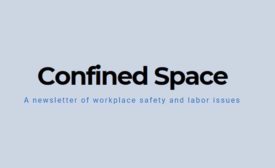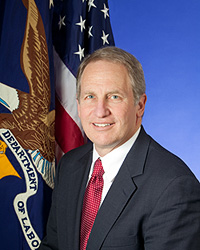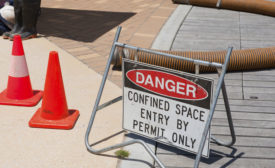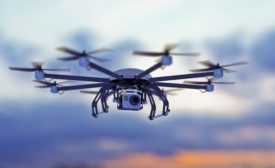News
A FairWarning story
Mistrial declared in high-stakes Johnson & Johnson talc-cancer case
September 25, 2018
Ga. peanut company violates settlement, hit with $309K fine
Great Southern Peanut has multiple confined space violations
September 24, 2018
New tool measures effectiveness of workplace safety and health programs
September 24, 2018
Never miss the latest news and trends driving the safety industry
eNewsletter | Website | eMagazine
JOIN TODAYCopyright ©2024. All Rights Reserved BNP Media.
Design, CMS, Hosting & Web Development :: ePublishing










